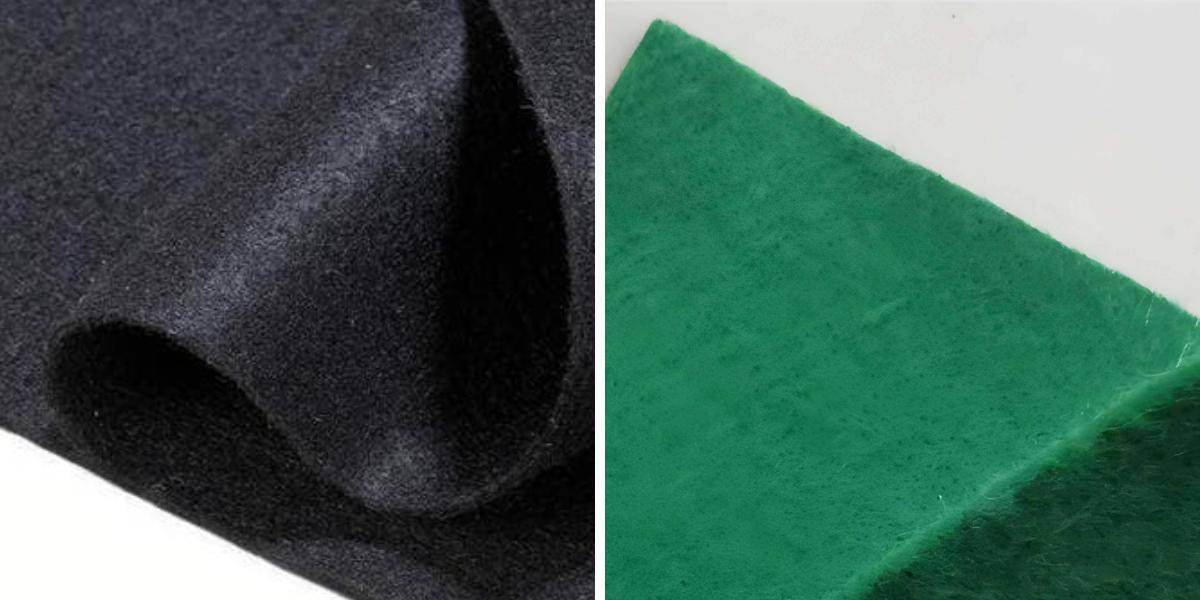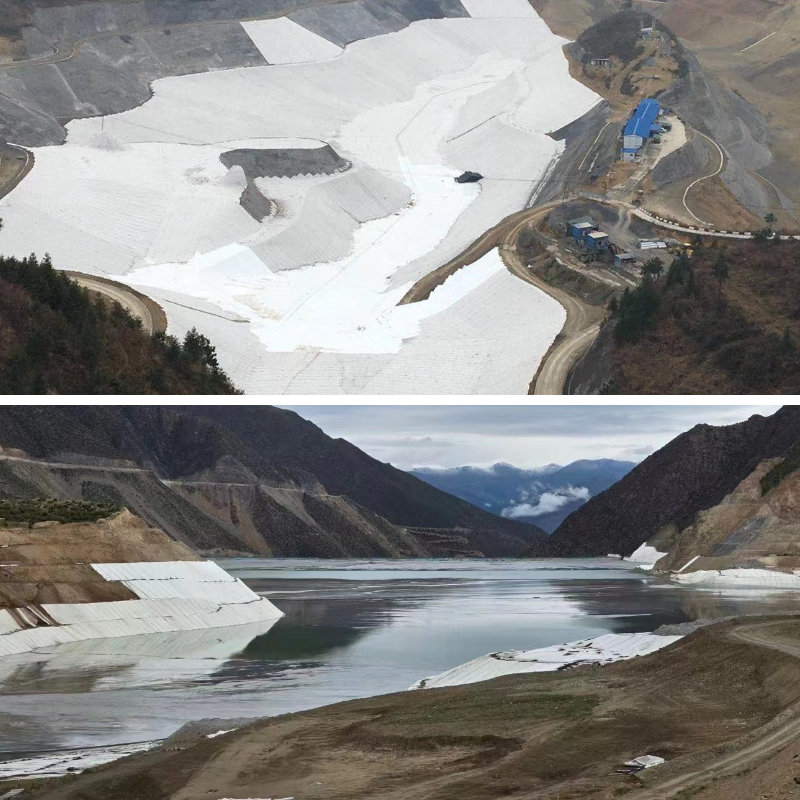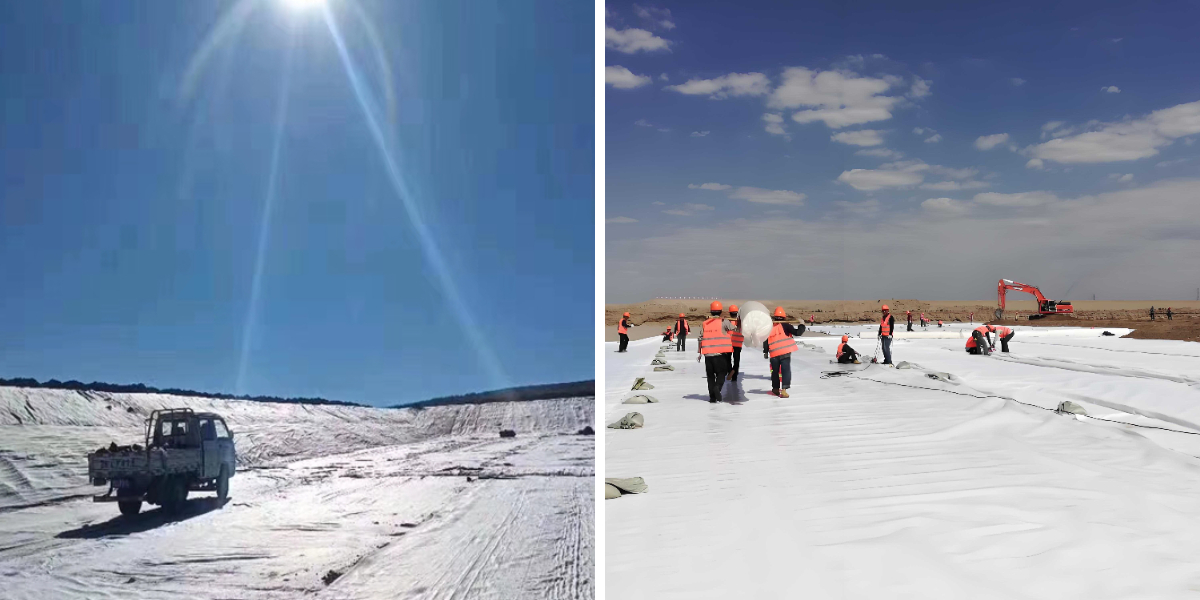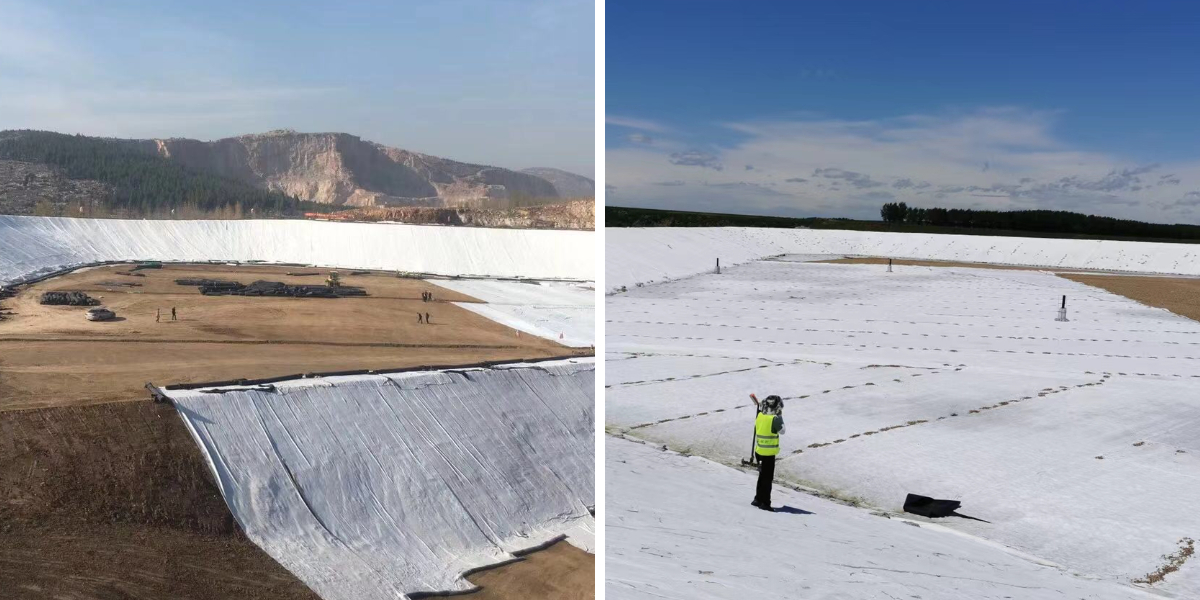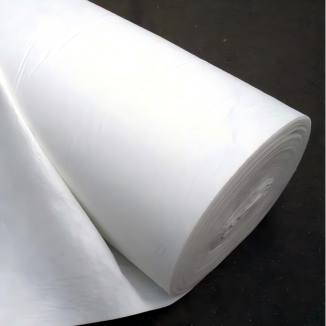Geotextile Cloth for Road Construction: Reinforcement & Soil Separation Best Practices
Boost Durability, Reduce Costs & Stabilize Roads with Expert Geotextile Use
Road building faces chronic challenges: vulnerable subgrades, soil erosion, combination contamination, and premature pavement failure. Geotextile Cloth—especially Geotextile Cloth—has emerge as an crucial answer for addressing these issues, handing over validated effects in soil separation, reinforcement, drainage, and filtration. For contractors, civil engineers, and challenge managers, perception how to leverage Geotextile correctly can prolong street lifespan, decrease preservation costs, and make sure compliance with enterprise standards. This article breaks down the key first-class practices for the usage of Geotextile Cloth in avenue construction, focusing on reinforcement and soil separation—the two most essential features for long-lasting, high-performance roads.
1. Core Functions of Geotextile Cloth in Road Construction: Beyond Separation & Reinforcement
Why Geotextile Is a Road-Building Game-Changer
Geotextile Cloth serves 4 interconnected features that are fundamental to street integrity, with soil separation and reinforcement being the foundation. Soil separation prevents the mixing of susceptible subgrade soil and granular combination layers—without it, soil particles migrate into the aggregate, decreasing load-bearing ability and inflicting rutting, potholes, and uneven pavement. Reinforcement, meanwhile, leverages the Geotextile’s excessive tensile power to distribute site visitors hundreds evenly throughout the subgrade, minimizing agreement and permitting roads to face up to heavy motors (e.g., trucks, development equipment) except deformation. Complementing these are filtration and drainage: Geotextile Cloth approves water to pass by via whilst trapping high-quality soil particles, stopping clogging of combination layers and lowering water-related harm (e.g., frost heave, moisture-induced softening of subgrades). Geotextile Cloth stands out in these roles due to its choicest resistance to UV radiation, chemical degradation, and microbial growth—critical for withstanding harsh outside prerequisites and retaining overall performance over decades. Whether constructing a rural highway, city arterial road, or industrial get entry to path, Geotextile’s multifunctional layout addresses the root reasons of avenue failure, making it a within your budget choice to over-engineering subgrades with costly materials.
2. Choosing the Right Geotextile: Geotextile Cloth & Material Selection Criteria
Matching Geotextile to Road Requirements
Not all Geotextile Cloth is ideal for street construction—selecting the proper type, material, and specs relies upon on subgrade conditions, visitors volume, and task budget. The two main kinds for roads are woven and non-woven Geotextile, every with awesome strengths. Woven Geotextile (often made from HDPE) excels at reinforcement and separation due to its excessive tensile electricity (typically 20–100 kN/m) and low elongation, making it best for heavy-traffic roads or susceptible subgrades. Non-woven Geotextile, whilst much less rigid, provides top of the line filtration and drainage, making it a pinnacle desire for secondary roads or as a complementary layer below woven Geotextile. Geotextile Cloth is mainly favored for avenue initiatives due to the fact it combines the sturdiness of woven building with resistance to abrasion, chemical substances (e.g., de-icing salts), and UV exposure—unlike herbal fibers or lower-grade synthetics that degrade quickly. Key choice standards include: tensile power (minimum 30 kN/m for major roads), grasp power (ASTM D4354 compliance), thickness (100–300 g/m² for non-woven, 150–400 g/m² for woven), and permeability (minimum 10–100 cm/s to make sure drainage). For tasks in severe climates (e.g., freeze-thaw zones), choose for Geotextile Cloth with more suitable flexibility to adapt to soil motion except tearing. Consulting soil take a look at reviews and referencing ASTM D751 (Geotextile specifications) ensures the chosen Geotextile aligns with undertaking wishes and enterprise standards.
3. Installation Best Practices: Ensuring Effective Soil Separation & Reinforcement
Step-by-Step Guidance for Flawless Geotextile Deployment
Even the highest-quality Geotextile Cloth will underperform if established incorrectly—poor set up undermines separation, creates susceptible points, and reduces reinforcement efficiency. Start with thorough website preparation: clear the subgrade of rocks, roots, and sharp particles (which can puncture Geotextile), then stage and compact the soil to a minimal 95% compaction price (per ASTM D698). For uneven or rocky terrain, lay a skinny layer of sand or a non-woven Geotextile underlay to shield the predominant Geotextile Cloth. When unrolling the Geotextile, align it parallel to the road’s centerline to maximize load distribution; keep away from stretching the cloth (which weakens tensile strength) or leaving wrinkles (which create gaps for soil migration). Seams are fundamental for continuity: overlap woven Geotextile seams by means of 15–30 cm and non-woven seams through 20–40 cm, securing them with geotextile tape, staples, or warmth welding (for Geotextile Cloth) to stop separation beneath traffic. Ensure the Geotextile extends past the road’s aspect by using 30–50 cm, burying the edges in a trench or securing them with anchors to forestall lifting. After installation, without delay area the combination layer (e.g., base course, subbase) to defend the Geotextile from UV harm and development traffic—avoid dragging heavy gear without delay on the fabric, the use of tracked motors or brief walkways instead. Common set up errors to avoid: inadequate subgrade compaction, insufficient seam overlap, and delayed mixture placement—all of which can compromise soil separation and reinforcement.
4. Maintenance & Performance Monitoring: Maximizing Geotextile Cloth Lifespan
Proactive Care for Long-Term Road Stability
Geotextile Cloth’s sturdiness potential it requires minimal maintenance, however proactive monitoring and well timed interventions can prolong its overall performance and the road’s lifespan. Conduct visible inspections at some point of building to test for tears, punctures, or seam failures—repair small damages with Geotextile patches (overlapping by means of 15 cm) and exchange severely broken sections immediately. After the avenue is operational, screen for symptoms of Geotextile-related issues: uneven pavement, rutting, or water pooling, which might also point out subgrade migration or drainage failure. For roads in high-traffic or harsh environments, time table annual inspections to determine Geotextile integrity beneath the pavement—ground-penetrating radar (GPR) can notice hidden injury besides disrupting traffic. Geotextile Cloth’s resistance to degradation capacity it can final 15–25 years with ideal care, however warding off immoderate hundreds (e.g., obese trucks) and at once addressing drainage problems (e.g., clogged culverts) will forestall untimely stress on the fabric. Additionally, guard the Geotextile at some point of street repairs: when milling or resurfacing, keep away from slicing or detrimental the underlying fabric, and reinstall Geotextile if the combination layer is disturbed. By integrating protection into the road’s lifecycle plan, you make certain that Geotextile Cloth continues to supply separation and reinforcement advantages for the road’s whole graph life.
5. Cost-Benefit & Environmental Advantages of Geotextile Cloth in Roads
Why Geotextile Delivers Long-Term Value
Beyond performance, Geotextile Cloth affords compelling price and environmental advantages that make it a clever funding for avenue projects. Compared to ordinary techniques (e.g., over-excavating susceptible subgrades or the usage of thicker combination layers), Geotextile reduces fabric and labor prices via 20–40%—it eliminates the want for costly subgrade alternative whilst requiring much less mixture to reap the equal load-bearing capacity. Geotextile Cloth’s durability additionally lowers long-term protection costs, as roads lined with Geotextile require fewer repairs and resurfacing over time. Environmentally, Geotextile promotes sustainability by means of lowering combination extraction (a resource-intensive process) and minimizing soil erosion—critical for compliance with inexperienced constructing standards (e.g., LEED) and environmental regulations. Unlike concrete or asphalt, Geotextile Cloth is recyclable, similarly decreasing its carbon footprint. For task managers working with tight budgets or sustainability goals, Geotextile Cloth strikes the ideal stability between performance, cost, and environmental responsibility.
Conclusion: Geotextile Cloth Is Essential for Durable, Cost-Effective Roads
Geotextile Cloth—especially Geotextile Cloth—has redefined street development by way of handing over dependable soil separation, reinforcement, drainage, and filtration. By following excellent practices for cloth selection, installation, and maintenance, contractors and engineers can construct roads that stand up to heavy traffic, harsh climates, and vulnerable subgrades—all while decreasing charges and environmental impact. Whether setting up a new highway, rehabilitating a rural road, or constructing an industrial get entry to path, Geotextile Cloth is the key to long-lasting, high-performance infrastructure.
Ready to bring up your street assignment with Geotextile Cloth? Partner with a relied on dealer that affords outstanding Geotextile Cloth, technical aid for cloth selection, and set up guidance. Invest in Geotextile nowadays and construct roads that stand the take a look at of time—for your backside line and the environment.
Contact Us
Company Name: Shandong Chuangwei New Materials Co., LTD
Contact Person :Jaden Sylvan
Contact Number :+86 19305485668
WhatsApp:+86 19305485668
Enterprise Email: cggeosynthetics@gmail.com
Enterprise Address: Entrepreneurship Park, Dayue District, Tai 'an City,
Shandong Province


